#keith cranmer
Explore tagged Tumblr posts
Text
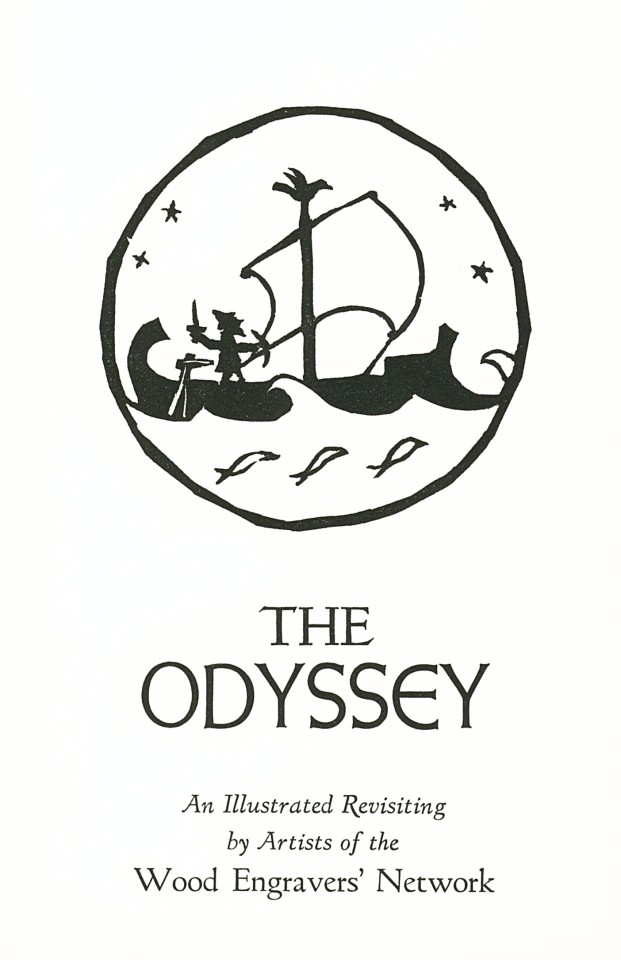


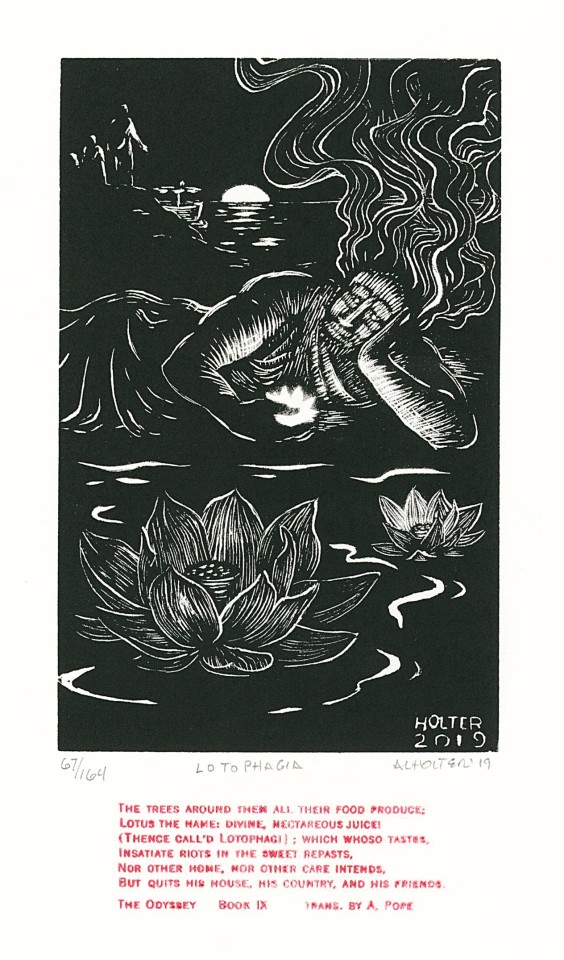


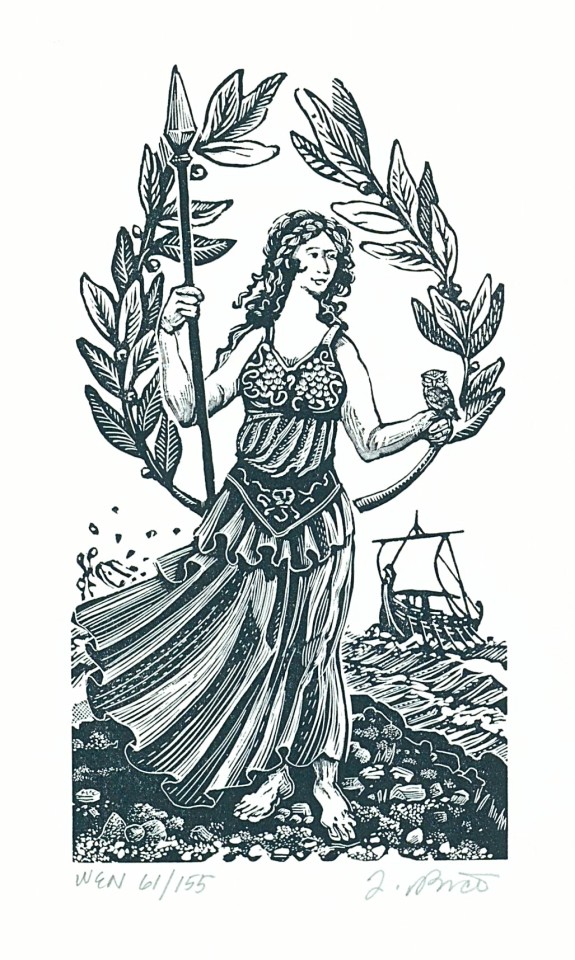

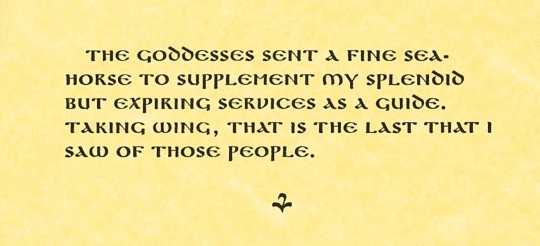
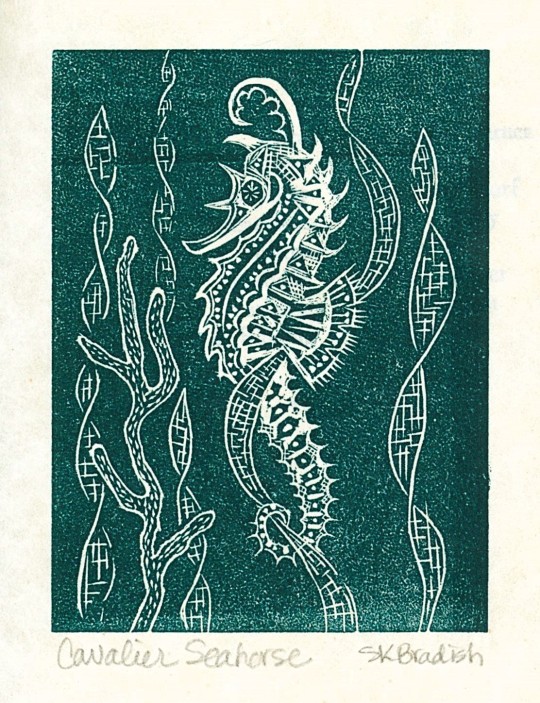
Epic Engravings
We in Special Collections are enthusiastic about wood engravings, and I personally love everything related to classical civilizations (it was my field of study as an undergraduate). So, when this gem came across my desk, I knew I had to create a social media post to exhibit the stunning prints and craftsmanship.
The Odyssey: An Illustrated Revisiting, created by the artists of the Wood Engravers' Network, showcases wood engravings of characters and scenes from Homer's classic. Published in 2019 as a limited edition of 155 copies, this exquisite piece immerses readers in the world of ancient Greece through its intricate illustrations. Jon Hinkel of The Tight Squeek Press is responsible for the cover design, text, and binding. Each engraving was produced by a different artist from the Wood Engravers' Network. The resulting artwork captures the essence of the narrative, vividly bringing to life the adventures of Odysseus, his encounters with mythical creatures and gods, and the trials of his journey home.
The featured images and artists who created them are as follows:
Cover: Jon Hinkel
Circe: Stacey Bumgarner
A Lotus Eater: Al Holter
Scylla & Charybdis: Laura Ladendorf
Charybdis: Dale Kennedy
Athena: Joanne Price
Aphrodite: Keith Cranmer
Seahorse: Susan Bradish
View more engravings by members of the Wood Engraver’s Network.
View more wood engraving posts
--Melissa, Distinctive Collections Library Assistant
#Wood Engraving Wednesday#wood engravings#WEN#Wood engravers network#odyssey illustrated revisiting#the odyssey#odysseus#lotus eaters#greece#epic#tight squeek press#jon hinkel#stacey bumgarner#al holter#laura ladendorf#dale kennedy#joanne price#keith cranmer#susan bradish#mythical creatures#greek mythology
60 notes
·
View notes
Photo

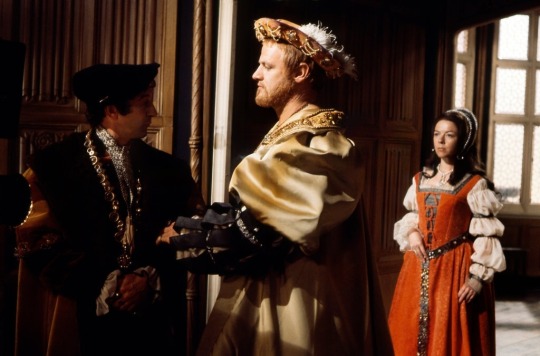

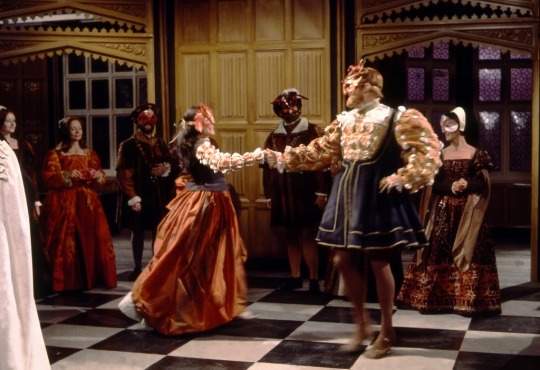
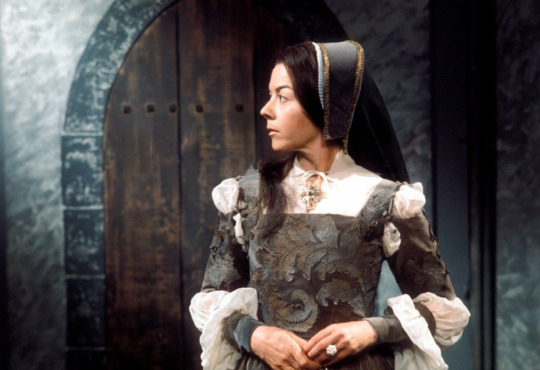

Dorothy Tutin as Anne Boleyn in The Six Wives of Henry VIII (1970)
edited by me; apologies for any remaining artifacts! I’ve tried to get rid of them all but it’s still somewhat visible in the first picture
First two pics are from episode 1 (”Catherine of Aragon”, written by Rosemary Anne Sisson); the rest are from episode 2 (”Anne Boleyn”, written by Nick Mccarty). Henry VIII was played by Keith Michell, Eustace Chapuys (in the second picture) by Edward Atienza, and Thomas Cranmer (in the last picture) by Bernard Hepton.
#tudor era#anne boleyn#dorothy tutin#the six wives of henry viii#henry viii#keith michell#eustace chapuys#edward atienza#thomas cranmer#bernard hepton#love this anne depiction so much#so lucky to have found this trove of pics a few days ago#dm me if you want access to the collection
53 notes
·
View notes
Audio
From the soundtrack to the film version of ‘The Six Wives of Henry VIII”
I always feel so sorry for Catherine in this scene - She is being questioned by Archbishop Cranmer who tries to get her to confess to pre contract with Francis Dereham. Catherine refuses to acknowledge any existing attachment, but is then wrong footed by the Archbishop as he reveals that he knows about Catherine’s relationship with Thomas Culpepper. The music brilliantly reflects the Queen’s growing panic as she realises that there is no escape for her and that she is going to face the same fate as Anne Boleyn 👑🪓
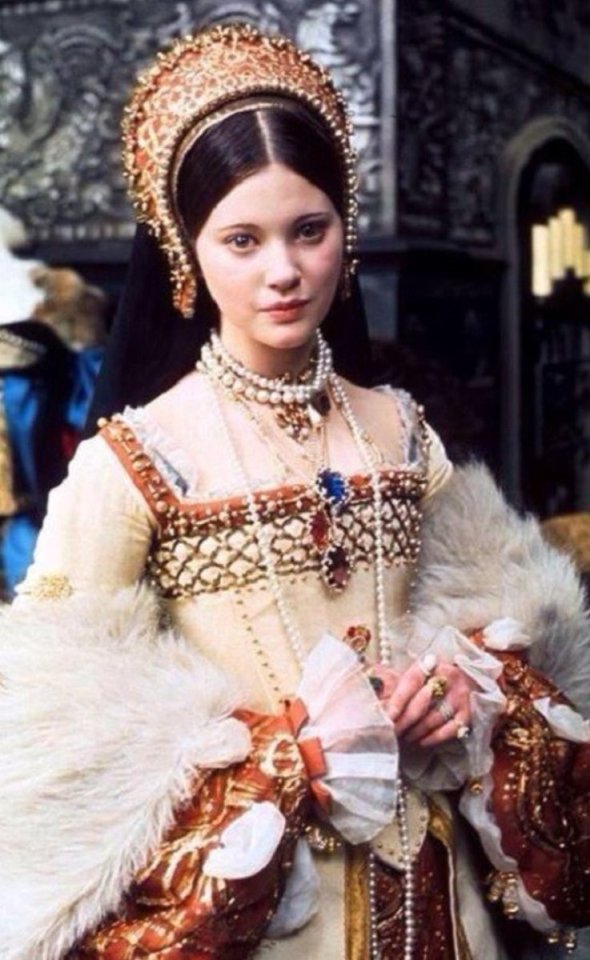
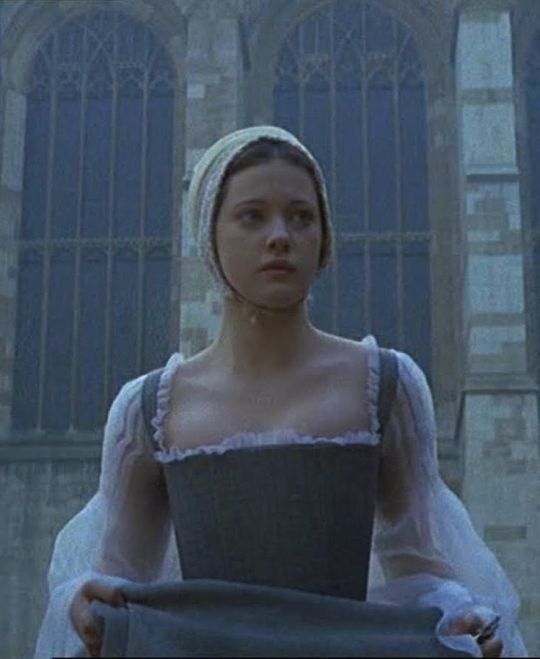
#Catherine howard#henry viii#six wives of henry viii#keith michell#lynne frederick#archbishop cranmer#1541#david munrow#a rising panic#no way out#the tudors#tudors
23 notes
·
View notes
Video
youtube
The downfall of Thomas Cromwell: Cromwell, Henry VIII’s unscrupulous, power hungry enforcer, at the same time proponent of a more “radical” protestant agenda, falls to disgrace and his fate is sealed. But in this scene from the movie “Henry VIII and His Six Wives” (1972) his master dupes him till the end. It seems that the scene which follows immediately afterwards is a realistic depiction of what happened that day in the Royal Council.
With Keith Mitchell (Henry VIII), Donald Pleasance (Thomas Cromwell), Bernard Hepton (Archbishop Cranmer), Michael Gough (Duke of Norfolk).
From the youtube channel Russel Tarr - https://www.youtube.com/channel/UCJG5nQ8KMQTyI3Lsqr8NXuw
9 notes
·
View notes
Link
John Calvin says it best: “Even though it seems unbelievable that Christ’s flesh, separated from us by such great distance, penetrates to us, so that it becomes our food, let us remember how far the secret power of the Holy Spirit towers above all our senses, and how foolish it is to wish to measure his immeasurableness by our measure. What then, our mind does not comprehend, let faith conceive: that the Spirit truly unites things separated in space.”
Keith Mathison’s assessment of Calvin’s view is salient: “Calvin repeatedly stated that his argument with the Roman Catholics and with Luther was not over the fact of Christ’s presence, but only over the mode of that presence. According to Calvin, Christ’s human body is locally present in heaven, but it does not have to descend in order for believers to truly partake of it because the Holy Spirit effects communion.”...
Did Calvin believe in the literal presence of Christ’s body in the Lord’s Supper? If by “literal” we mean “real,” then emphatically yes, as did the lion’s share of the Reformers. Thomas Cranmer’s position, codified in the Thirty-Nine Articles, is unambiguous: “The body of Christ is given, taken, and eaten in the Supper only in a heavenly and spiritual manner. The means by which the body of Christ is received and eaten in the Supper is faith.” Note that in stressing the spiritual nature of the meal, Cranmer, like Calvin, isn’t questioning the presence of Christ’s body—He’s there to be received by faith.
While I could see why one would take Chan’s words about the “literal” body and blood of Christ as meaning something other than Calvin’s or Cranmer’s, I don’t. In the very next sentence, Chan says, “It wasn’t until 500 years ago that someone popularized the thought that it’s just a symbol and nothing more.”
That comment makes historical sense if—and only if—he’s not speaking of transubstantiation, but is simplifying the views of the Supper down to two: “literal” and “symbolic.” That is, Christ is either really present (the position espoused by the Fathers and the Reformers) or He isn’t (the position espoused by the Anabaptists and #BigEva). To me, that’s not only the charitable interpretation of Chan; it also makes the most sense, given the point he’s trying to make.
#francischan#francis chan#jesus#christ#jesuschrist#jesus christ#christjesus#christ jesus#religion#spirituality#philosophy#christian#christianity#martinluther#martin luther#calvin#john calvin#johncalvin#calvinist#calvinism#god#faith#bible#thebible#theholybible#the holy bible#the bible#salvation#eucharist#the lord's supper
0 notes